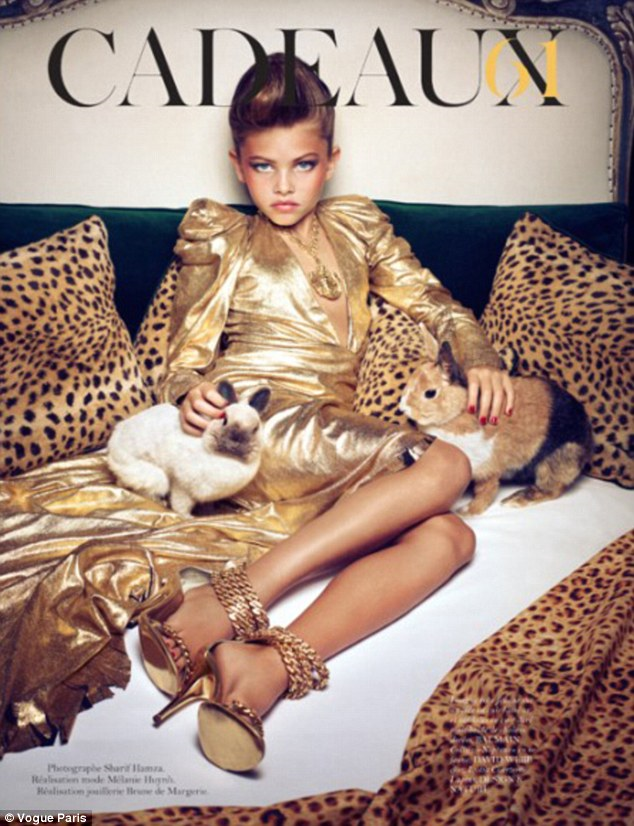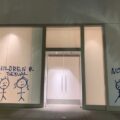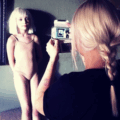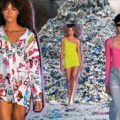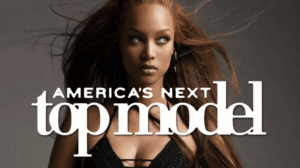
When America’s Next Top Model (ANTM) first hit the screens in 2003, it wasn’t just any reality TV show; it was a cultural phenomenon. Famous fashion model Tyra Banks promised viewers a front-row seat to the making of the next supermodel, a mix of fashion shoots, emotional meltdowns, and runway drama. For over a decade, millions tuned in as ANTM delivered high fashion and unforgettable moments.
But behind the catwalks and camera flashes, the show was a minefield of controversy. Contestants were humiliated with brutal makeovers, pushed into ethically questionable photoshoots, and forced to endure extreme conditions under the banner of “artistic vision.” The show blurred the line between art and exploitation, turning suffering, race, and body politics into spectacle. And viewers, knowingly or not, helped normalize it by cheering it on.
Starting strong, the show pressured Black women to adopt Eurocentric beauty standards. They were encouraged to straighten their hair, lighten their makeup, or “tone down” their natural features, all framed as making them more “marketable.” But the most infamous examples came in episodes where contestants were asked to embody races not their own. In Season 4’s “The Girl Who Is Special”, contestants were assigned different ethnicities for a photoshoot. Their skin was darkened, their hair and clothing altered, and they were told to “channel” another race (whatever that means). Tyra Banks defended this practice as a “cultural exercise” even after receiving blackface allegations. Nearly a decade later, in Season 13’s “Fortress of Fierceness”, producers repeated the concept, once again asking models to “take on the persona” of another race. Beyond race-swapping, ANTM heavily leaned into cultural stereotypes. Shoots dressed models in “tribal” costumes, staged them in poverty-stricken or war-torn backdrops, and reduced diverse cultures to exotic props.
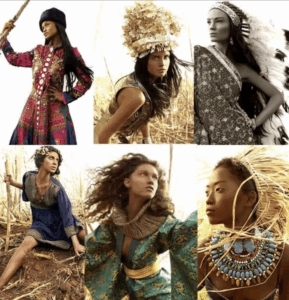
America’s Next Top Model’s infamous “race-changing” photoshoot, where contestants were styled to embody different ethnicities, reducing culture to costume and sparking accusations of blackface and appropriation.
And who doesn’t love a good makeover? The infamous makeover episodes that occurred each season became another symbol of exploitation. Contestants had their heads shaved, eyebrows bleached, endured hours-long weave installations, and even painful dental work. Brittany Brower, for example, underwent extensive dental procedures on camera. Fatima Siad endured an eight-hour weave that left her scalp bleeding. Early on, models in the very first season broke down in tears as their hair was cut off against their wishes. Brandy Rusher, also in Season 4, developed scalp infections after her forced weave. Tyra positioned herself as the artist, the models as the canvas, and told the models their transformation was necessary to be “a real top model”.
In addition to the dramatic changes in hair, makeup, and style, ANTM had an alarming obsession with policing their models’ body sizes. Week after week, judges commented on whether contestants were “too big” or “too thin.” Plus-size model Toccara Jones was told her body was a liability despite strong photos. Whitney Thompson made history as the first plus-size winner, yet was constantly reminded she wasn’t “really” fit for fashion. At the other end, thinner models were shamed as well, their health and worth reduced to numbers on a scale.
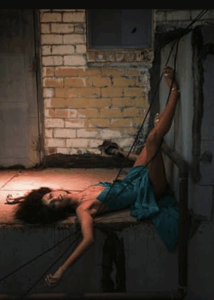
The show also staged unsettling shoots that turned trauma into fashion imagery. Contestants were made to pose as victims of violent crimes, accident casualties, and even corpses. In one season, a model was asked to pose in a casket shortly after losing a close friend. The homelessness photoshoot was especially jarring. Models dressed in couture while posing beside real homeless women, reducing lived struggles to props for fashion. Beyond the photoshoots, contestants endured extreme conditions: ice-cold water that led to hypothermia, dangling from buildings, and painful poses held for hours.
Contestants styled as victims of violent crime in one of ANTM’s most disturbing shoots.
Taken together, these practices reveal ANTM not as a fashion competition but as a manipulative reality TV machine, packaging contestants’ vulnerability as entertainment. At its core, the show turned exploitation into “artistic expression,” reflecting broader trends in reality television. Contestants’ bodies were treated as canvases, painted, altered, and posed for controversy, their pain rebranded as creativity. This raises difficult questions: when does performance art become exploitation? And is commodifying trauma, race, and suffering itself a kind of cultural “art crime”?
ANTM is more than just nostalgic television. It is a case study in how art, commerce, and ethics collide, and how easily entertainment can slide into exploitation. The show blurred the boundaries between fashion photography, performance art, and reality TV spectacle, leaving behind one of the most ethically fraught legacies in pop culture. In the end, ANTM was not just about creating supermodels; it created a gallery of controversy, proving that the line between art and harm is far thinner than we would like to admit.

